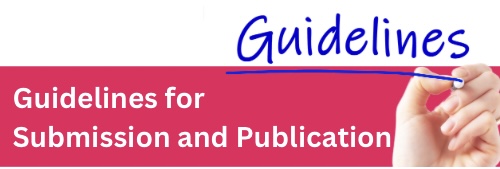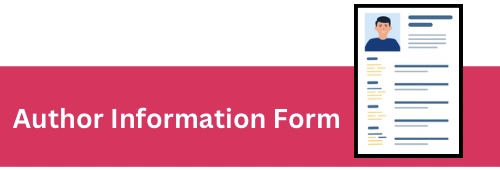NEEDS AND EXPECTATIONS FOR OPENING A BACHELOR OF NURSING SCIENCE PROGRAM AT THE FACULTY NURSING SCIENCE, KASETSART UNIVERSITY
Keywords:
needs, expectations, Bachelor of Nursing Science ProgramAbstract
This research was a qualitative study with the objective of exploring the needs and expectations for opening a Bachelor of Nursing Science Program at the Faculty of Nursing, Kasetsart University. The informants consisted of four groups: 1) University staff from Kasetsart University (8 people), 2) Personnel from government and private hospitals at primary, secondary and tertiary levels (8 people), 3) Community members (7 people), and 4) Personnel from the Thailand Nursing and Midwifery Council (7 people), totaling 30 informants. The study employed a purposive selection and snowball technique to collect data. Data were gathered through in-depth interviews and analyzed using content analysis methods.
The research findings indicated two main points of needs and expectations for opening a Bachelor of Nursing Science program. The first point about the demand for opening the program included: 1.1) Demand for producing nursing graduates, 1.2) Demand for specific characteristics of nursing graduates, and 1.3) Demand for professional nursing skills. The second point about the expectation for opening the program included: 2.1) Expectations regarding nursing graduates, 2.2) Expectations for specific characteristics of nursing graduates, and 2.3) Expectations for competencies each academic year.
The results of this study help to design the Bachelor of Nursing Science Program, at the Faculty of Nursing, Kasetsart University. That can produce nursing graduates with knowledge and ability to practice nursing and midwifery, it is consistent with the Kasetsart University cultural context. According to the needs and expectations of stakeholders which is beneficial to the nursing profession, society, and the country.
Downloads
References
Department of Physical Medicine, Kasetsart University. (2023). Medical Park Project Kasetsart University. Bangkok: Kasetsart University.
Guba, E. G., & Lincoln, Y. S. (1989). Fourth generation evaluation. Newbury Park, CA: Sage.
Hatch, J. A. (2023). Doing qualitative research in education settings. State university of New York press.
Salaprawan, A., Chansuk, N., & Deeprasit, M. (2022). Development of desired morality and ethics of second-year Bachelor of Nursing Science students by involving parents through the Line application program. Journal of Health and Nursing Education, 28(1), 1-13.
Sandelowski, M. (1995). Sample size in qualitative research. Research in Nursing & Health, 18(2), 179-183.
Sawangdee, K. (2017). The crisis of shortage of professional nurses in the health service units of the Office of the Permanent Secretary, Ministry of Public Health: Policy proposals. Journal of Public Health, 26(2), 456-468.
Thailand Nursing and Midwifery Council. (2021). Report on the working status of nurses in Thailand, Nursing and Midwifery Council committee meeting, November 11, 2021. Nonthaburi: Thailand Nursing and Midwifery Council.
Thesingh, C., & Saraphok, P. (2020). Development of a model for applying the concept of moral hospital to develop moral and ethical behavior of nursing students. Journal of Health Research and Development, Nakhon Ratchasima Provincial Public Health Office, 6(1), 108-122.
Wiboonchai, N., Anekwit, N., Thaiwong, A., Saenchan, M., & Bunditthaworn, K. (2020). Development of teaching and learning models in clinics. Using research as a base to promote the ability to create nursing innovations for nursing students. Journal of Nursing and Education, 13(2), 77-92.
World Health Organization. (2022). Global strategy on human resources for health: Workforce 2030. Geneva.
Yingyuad, P., Tangkratok, P., Pianthanyakarm, N., Attham, W., Phalachai, T., & Sangkhaphong, A. (2020). Results of learning using innovation as a base. Toward learning skills in the 21st century and learning experiences of nursing students. Journal of Research in Health Sciences, 14(2), 58-69.

Downloads
Published
How to Cite
Issue
Section
License
Copyright (c) 2024 JOURNAL OF THE POLICE NURSES AND HEALTH SCIENCE

This work is licensed under a Creative Commons Attribution-NonCommercial-NoDerivatives 4.0 International License.
ผลงานที่ได้ตีพิมพ์แล้วจะเป็นลิขสิทธิ์ของวารสารพยาบาลตำรวจ














